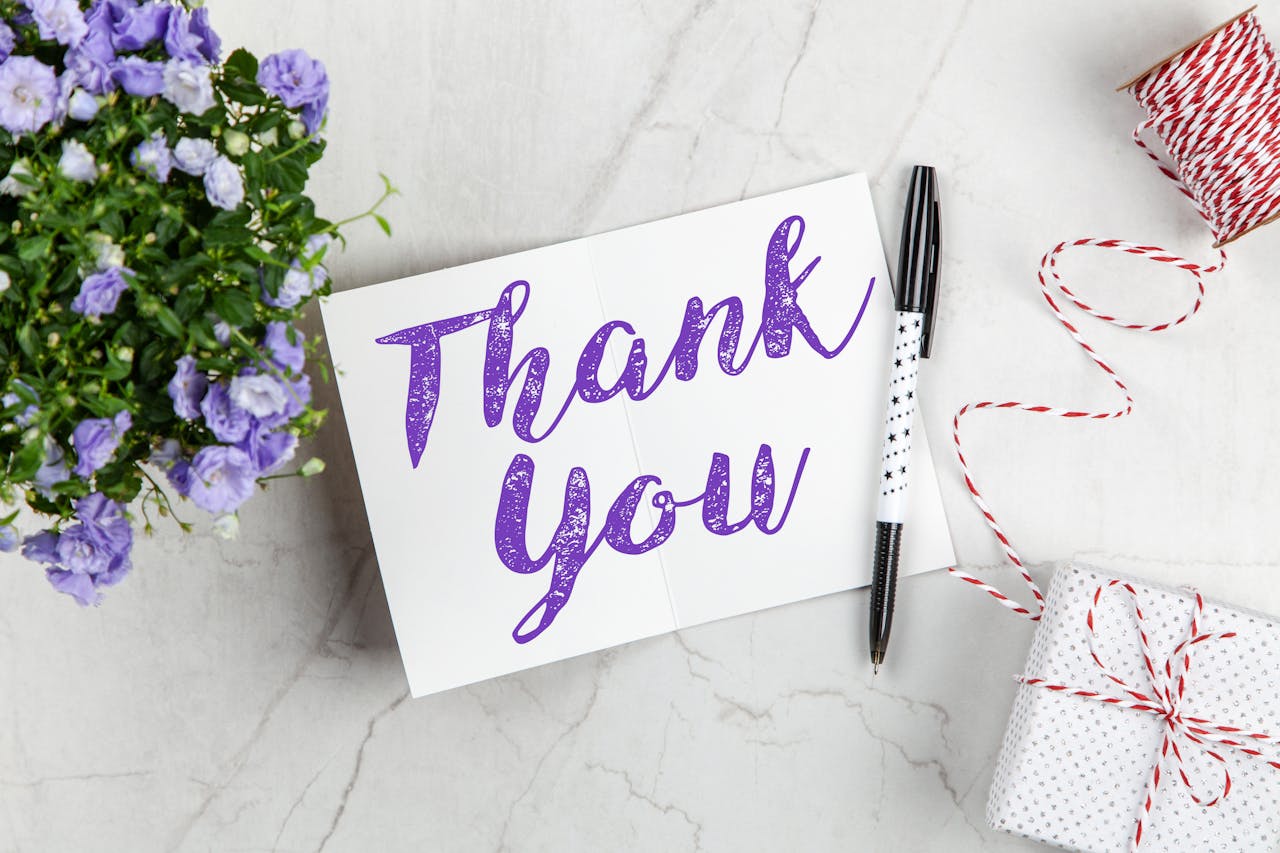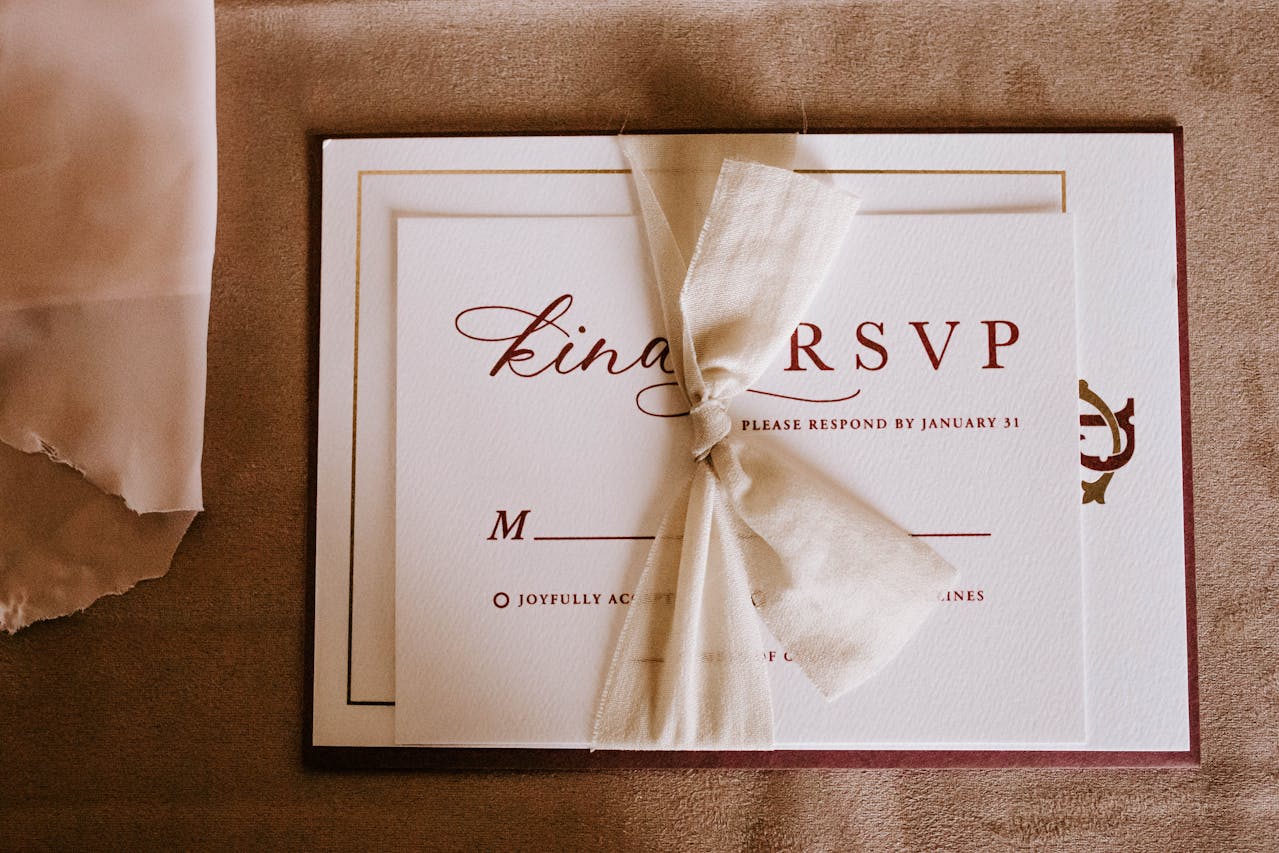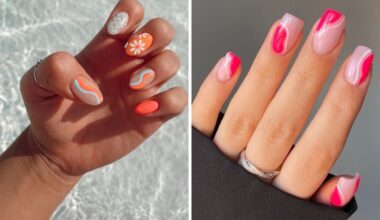Etiquette promises smooth interactions, yet some rules hang on without clear reasons. This list examines six habits that are still prevalent in the United States. Each one includes a concrete detail like a year, place, or posted rule. You will see where the custom originated, why it persisted, and what truly matters now. Keep courtesy. Use common sense. If a school, job, or team has a written policy, follow it first to avoid confusion. Respect people, safety, and accessibility in shared spaces.
1. No White After Labor Day

Labor Day has been a U.S. federal holiday since 1894, held on the first Monday in September. Fashion writers in the early 1900s pushed a rule to avoid white afterward, mostly to mark summer from fall in cities like New York. Today, weather and fabric matter more than the calendar. Cotton breathes in heat; wool insulates in cold. White jeans in January are not illegal. For school, check dress codes. Some districts list logo and color limits by year. Near traffic, bright clothing improves visibility and safety.
2. Hats Off Indoors

Emily Post’s 1922 guide advised men to remove hats indoors, especially in homes, theaters, and restaurants. Tall hats once blocked views and carried street dust from 1900s roads. Modern caps rarely cause that problem in most spaces, yet respect still matters. People uncover for the national anthem at games as posted in many stadiums. Many schools ban hats so staff can identify students quickly. If your handbook lists a rule by page and year, follow it. When in doubt, ask a host or teacher politely before keeping a cap on.
3. Elbows Off the Table

Table manners grew strict long ago. In 1530, Erasmus warned students not to crowd the table with arms and elbows. The idea stuck, though clean elbows do not spread germs like unwashed hands. Restaurant tables often sit about 29 inches high, so resting forearms can feel natural. Use space kindly. If seating is tight, tuck in while people pass plates. Real hygiene wins. Wash hands for 20 seconds before eating, and cover coughs. In cafeterias, wipe shared surfaces. Managers must meet local health codes posted by year.
4. Handwritten Thank-You Notes Only

Older etiquette suggested sending a handwritten thank-you within 1 week of receiving a gift. Paper is thoughtful, but speed now counts. Email first appeared in 1971 on ARPANET, and a same-day message can be sincere and clear. The U.S. Postal Service serves over 160 million delivery points, so mail works for keepsakes or formal events. Choose the method that fits the moment. For scholarships or clubs, follow the posted reply instructions exactly. Keep addresses private, and avoid posting gift photos without permission.
5. RSVP by Reply Card

RSVP comes from the French phrase ‘please reply’ and appears in English etiquette from the 1800s. Invitations once included a stamped reply card, with a deadline written in ink, then mailed back within days. Today, hosts use forms or apps that update counts in real time on dashboards. Accuracy matters more than the medium. Respond by the printed deadline, like 6 p.m. Friday, so food orders and seats are correct. Mind privacy. Some platforms display your name to guests and store data by date. Ask for an email option if needed.
6. Titles in Everyday Email

People once used titles like Mr., Mrs., or Dr. in most letters. Email dates to 1971, yet many schools still prefer formal greetings for first contact to set tone and respect. After a teacher signs Call me Kim, switch to the name they chose on the next reply. In offices, style guides vary by state and employer, and some publish rules each year. Use the format they provide to keep records clear and searchable. For safety, never share student ID numbers in email. When required, use the secure school portal instead.


